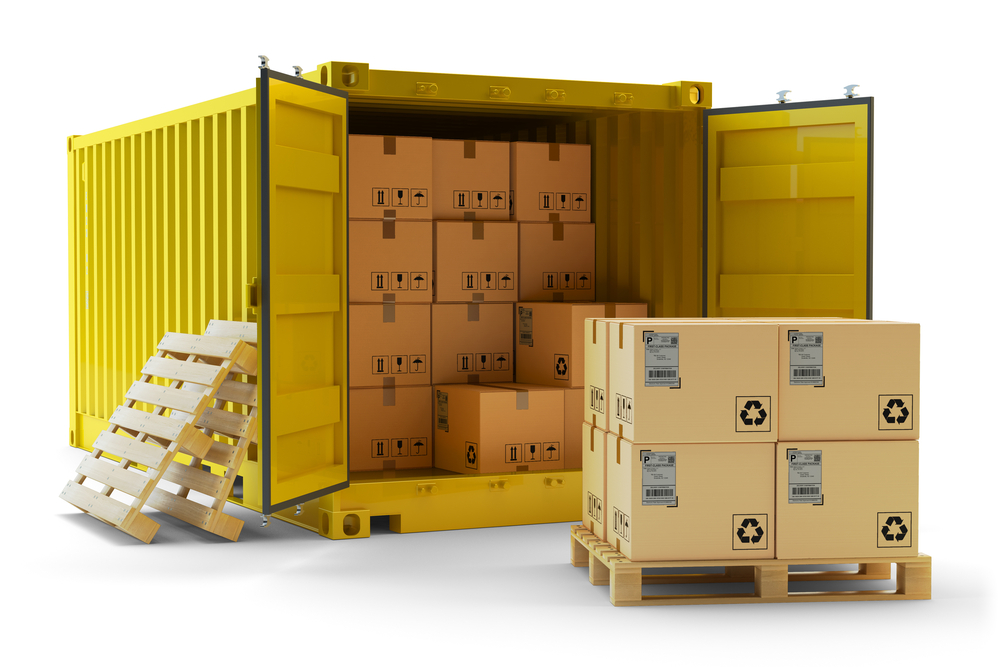From a distance, it might appear as if all the pallets look the same: heaps of wooden structures with empty centers and occasional brown tint. However, when you get close, you will observe that no two pallets are similar. The pallet is a rigid, horizontal, portable platform, which is used as a base for handling, stacking, storing, assembling, and transporting goods, often equipped with a superstructure.
The pallets are flat and horizontal hence the task of loading, moving, and stacking becomes easier. Here is a list of different types of pallets every company should manufacture and offer to its customers:
Styles by Decking and Entry Points
- Solid Deck Pallets – These have a single, big sheet of wood without any spaces or gaps. The most distinctive characteristics of this pallet are that it is extremely easy to transport and clean. Usually, they are used for shipping small objects. As they are made in a continuous flow without any gaps to transport smaller items without any problems becomes possible. You will not find this convenience in plastic and metal pallets. Moreover, these pallets have an extended lifecycle and are relatively sturdier and lightweight than plastic pallets. Also, they sustain lesser damage and are easier to clean as well.
- Double Face Pallets – They have a top and bottom deck and can be easily used with any face or side up. The bottom deck in this pallet provides increased strength, which in turn, holds the unit’s weight with great convenience and ease. It evenly distributes the entire load of the objects. The top and bottom deck boards extend over the stringers which makes the pallets look as if they have wings. They come in non-reversible and reversible forms.
- Open Deck Pallets – These come with gaps or openings between the deck boards. This arrangement makes them light in weight and less expensive. Nonetheless, they can’t be used to transport smaller goods because they would slip through the gaps.
- Two-way Entry - The pallets have openings for entry on the two sides for forklift forks.
- Four-way Entry - The pallets have openings for entry on all four sides.
Pallet by Design
- Stringer Pallets – They use stringers to provide requisite support to unit load. The stringers are held between the top and bottom deck boards that help to carry the pallet’s load. A stringer pallet provides additional support when compared to block pallets. They are regarded as two-way pallets because access can only be achieved from two of its sides. Nevertheless, there are 4-way stringer pallets also available, which allow the forklifts to enter from non-accessible sides. Typically, these pallets incorporate multiple pieces of a stringer, which are arranged in a form of parallel pattern.
- Block Pallets – These are characterized by their cylindrical posts. The posts help in creating a distinction between the top and bottom deck. It integrates a 4-way entry, meaning all the four sides can be easily accessed with forklifts. A standard block pallet often comprises of 12 wooden posts of cylindrical shape. These posts provide great stability, particularly towards the top. The blocks are highly effective for handling purposes because they include both parallel and perpendicular stringers. Generally, the pallets use 5 to 12 blocks to provide proper support to top deck boards.
A pallet has demonstrated to be useful components in improving efficiency and performance levels in numerous industries, factories, and warehouses. You can even see pallets at your local grocery shop because many people are using them for efficient transportation and storage given the high levels of ease and convenience associated with them.








0 comments